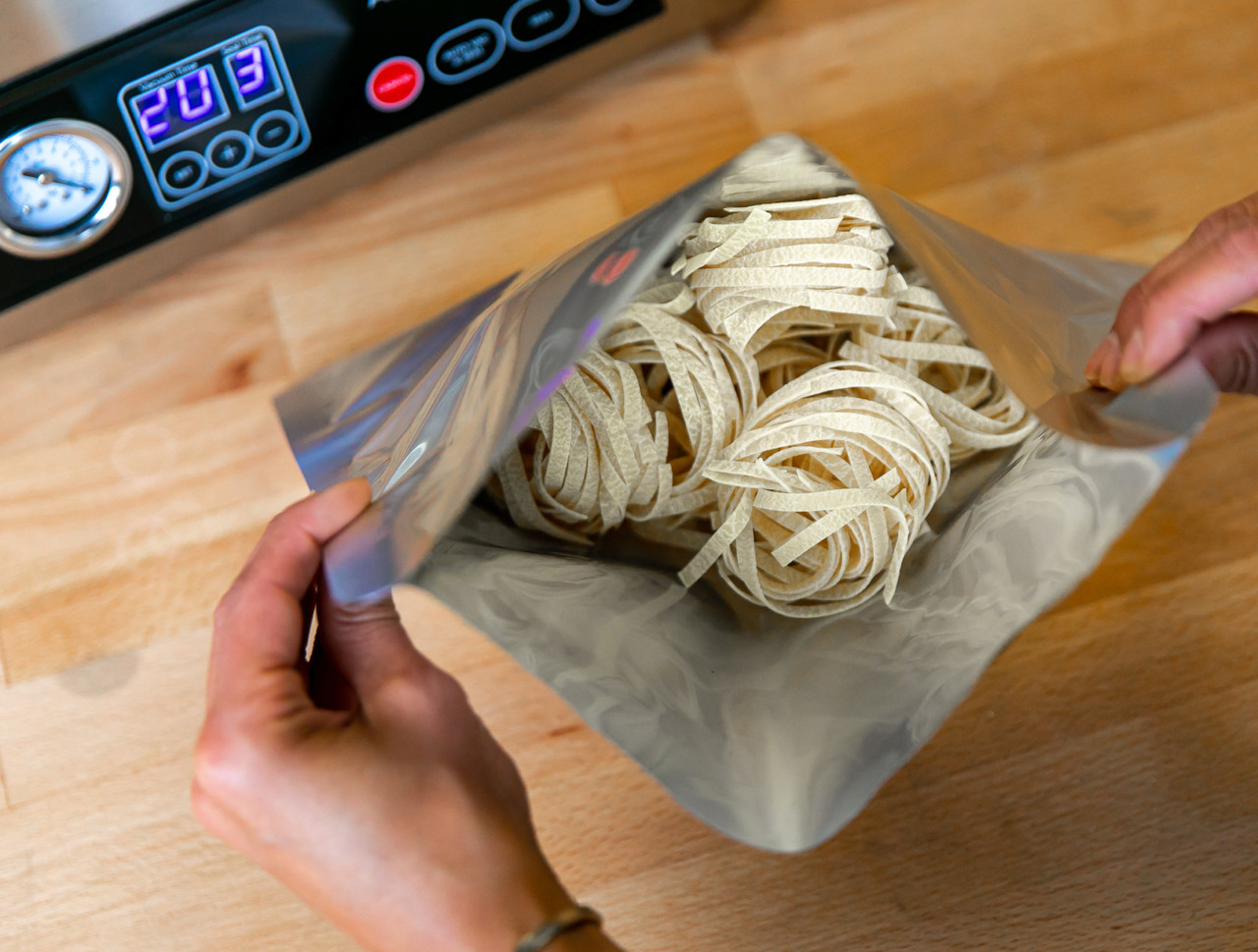

Articles
How To Store Pasta In Mylar Bags
Modified: May 6, 2024
Looking for articles on how to store pasta in Mylar bags? Find helpful tips and techniques for preserving your pasta for long-term storage.
(Many of the links in this article redirect to a specific reviewed product. Your purchase of these products through affiliate links helps to generate commission for Storables.com, at no extra cost. Learn more)
Introduction
When it comes to preserving food for the long term, finding the right storage methods is crucial. In particular, pasta is a staple in many households, and it’s essential to store it properly to maintain its freshness and flavor.
One effective method of storing pasta is by using Mylar bags. Mylar bags are made of a durable material known as BoPET (biaxially-oriented polyethylene terephthalate), which provides a barrier against oxygen, moisture, and light. This makes them an ideal choice for long-term food storage, including pasta.
In this article, we will explore the benefits of storing pasta in Mylar bags, how to choose the right bags for pasta storage, the materials you’ll need, and step-by-step instructions for properly storing pasta in Mylar bags. We will also provide tips for sealing the bags and additional considerations for long-term pasta storage.
By following these guidelines, you can extend the shelf life of your pasta and ensure that it remains fresh and delicious for months or even years to come. So, let’s dive in and learn how to properly store pasta in Mylar bags.
Key Takeaways:
- Preserve pasta freshness and flavor for months by storing it in Mylar bags, which provide protection against moisture, oxygen, and light, ensuring long-term quality and taste.
- Choosing the right Mylar bags, sealing with care, and considering additional storage factors are essential for optimal long-term pasta preservation, providing a reliable and convenient food supply.
Read more: How To Store Mylar Bags
Benefits of Storing Pasta in Mylar Bags
Storing pasta in Mylar bags offers several significant advantages that make it an excellent choice for long-term storage. Let’s take a closer look at these benefits:
- Protection against moisture: Mylar bags have excellent moisture resistance, preventing the pasta from absorbing moisture and becoming stale. This ensures that your pasta retains its texture and flavor for extended periods.
- Oxygen barrier: Oxygen can cause pasta to spoil quickly. Mylar bags create an airtight barrier, preventing oxygen from reaching the pasta and slowing down the oxidation process. This helps to maintain the quality and taste of the pasta.
- Light protection: Exposure to light can degrade the quality of pasta, causing it to become brittle and lose its nutritional value. Mylar bags are opaque and provide an effective shield against light, helping to preserve the pasta’s integrity and nutrients.
- Durable and puncture-resistant: Mylar bags are highly durable and puncture-resistant, ensuring that your pasta remains protected from external elements and potential damage. This makes them suitable for long-term storage in various environments.
- Easy to store and stack: Mylar bags are flexible and take up minimal space, allowing you to store them easily in your pantry, kitchen cabinet, or designated storage area. Additionally, their flat design enables them to be stacked neatly, maximizing your storage space.
- Cost-effective solution: Compared to other food storage options, Mylar bags are relatively affordable. They are available in different sizes to accommodate various pasta quantities, making them a cost-effective solution for long-term pasta storage.
By utilizing Mylar bags for pasta storage, you can enjoy these benefits and have peace of mind knowing that your pasta will remain fresh, flavorful, and ready to be cooked whenever you need it.
Choosing the Right Mylar Bags for Pasta Storage
When it comes to choosing Mylar bags for pasta storage, there are a few factors to consider. These factors will help ensure that you select the bags that will best suit your needs and provide optimal protection for your pasta. Here are some key considerations:
- Thickness: Mylar bags come in various thicknesses, usually measured in mils (thousandths of an inch). For pasta storage, it’s recommended to opt for bags with a thickness of at least 4 mils. Thicker bags offer better durability and protection against punctures, ensuring the integrity of your pasta over time.
- Size: Choose Mylar bags that are appropriate for the quantity of pasta you want to store. Bags come in a range of sizes, from small pouches to larger gallon-sized options. Consider the amount of pasta you typically use and choose bags that will comfortably accommodate your needs.
- Sealing method: Mylar bags can be sealed in different ways, including using a heat sealer, iron, or vacuum sealer. Determine which sealing method is most convenient for you and make sure the bags you choose are compatible with your preferred sealing method.
- Additional features: Some Mylar bags come with additional features that can enhance their performance. Look for bags with a zip-lock closure or a tear notch to allow for easy opening and resealing. These features can make accessing and using your stored pasta more convenient.
- Food-grade material: Ensure that the Mylar bags you select are made of food-grade material. This is important as it guarantees that the bags are safe for storing food items, including pasta. Food-grade bags are free from harmful chemicals or contaminants that could potentially leach into your pasta.
By considering these factors, you can confidently choose the right Mylar bags for storing your pasta. Remember that investing in quality bags that meet your specific requirements will help preserve the freshness and quality of your pasta for an extended period.
Required Materials for Storing Pasta in Mylar Bags
In order to properly store pasta in Mylar bags, you will need a few key materials. Having these materials on hand will ensure that the process is smooth and effective. Here are the required materials:
- Mylar Bags: Purchase food-grade Mylar bags in the appropriate size and thickness for your pasta storage needs. Ensure that they are durable, puncture-resistant, and have a sealing method that is compatible with your chosen sealing technique.
- Heat Sealer or Iron: You will need a heat sealer or an iron to seal the Mylar bags. A heat sealer is recommended for a more reliable and airtight seal. However, if a heat sealer is not available, a household iron set on the highest heat setting can also be used to complete the sealing process.
- Pasta: Of course, you will need the pasta itself. Choose high-quality pasta that is suitable for long-term storage. Opt for varieties that have a longer shelf life, such as dried pasta or whole wheat pasta.
- Oxygen Absorbers: Oxygen absorbers are small packets that contain iron powder and are used to remove oxygen from the sealed Mylar bags. They help prevent spoilage by reducing oxidation. Oxygen absorbers can be ordered online and are typically sold in packs suitable for different bag sizes.
- Marker or Labels: It is essential to label your Mylar bags with the contents and storage date to keep track of your pasta supply. Use a marker or pre-printed labels to clearly mark each bag.
- Vacuum Sealer (Optional): If you have a vacuum sealer, it can be used in conjunction with Mylar bags for an additional layer of protection. Vacuum sealing removes air from the bags, creating a more oxygen-free environment and prolonging the shelf life of the stored pasta.
By gathering these materials beforehand, you’ll be prepared to efficiently store your pasta in Mylar bags and ensure that it remains fresh and flavorful for an extended period of time.
Store pasta in Mylar bags by first ensuring the pasta is completely dry. Then, fill the Mylar bag with the pasta, remove as much air as possible, and seal it tightly. Store in a cool, dark place for maximum shelf life.
Steps for Storing Pasta in Mylar Bags
Storing pasta in Mylar bags is a straightforward process that can be done at home with just a few simple steps. Follow these instructions to ensure that your pasta is properly stored and protected:
- Prepare the Mylar bags: Open the Mylar bags and have them ready for filling. Ensure they are clean, dry, and free from any debris or contaminants.
- Place oxygen absorbers: If using oxygen absorbers, insert them into each Mylar bag before filling them with pasta. Follow the instructions provided with the oxygen absorbers to determine the appropriate number of packets for the bag size.
- Fill the bags with pasta: Carefully pour the pasta into each bag, filling them to the desired capacity. Leave some space at the top to allow for proper sealing and to avoid damaging the pasta when sealing the bags.
- Seal the bags: Use a heat sealer or an iron to seal the open end of each Mylar bag. Start from one end and move across, ensuring a tight and secure seal. If using an iron, place a thin cloth over the bag before running the hot iron across to create a seal.
- Label the bags: Use a marker or pre-printed labels to clearly mark each Mylar bag with the contents and the storage date. This will help you keep track of your pasta and ensure that you use the oldest bags first.
- Store the sealed bags: Place the sealed bags of pasta in a cool, dry, and dark storage area. Ensure that the area is free from temperature fluctuations and excessive humidity, as these can affect the quality and shelf life of the pasta.
By following these steps, you can effectively store your pasta in Mylar bags, protecting it from moisture, oxygen, and light. This will help maintain the freshness and flavor of the pasta, allowing you to enjoy it for an extended period of time.
Read more: How To Store Flour In Mylar Bags
Tips for Properly Sealing Mylar Bags
The process of sealing Mylar bags is crucial to ensure the long-term freshness and preservation of your stored pasta. Proper sealing creates an airtight environment that protects the pasta from moisture, oxygen, and other contaminants. Here are some important tips to keep in mind when sealing Mylar bags:
- Use a heat sealer: A heat sealer is highly recommended for sealing Mylar bags as it provides a reliable and secure seal. It quickly heats up and melts the bag’s edges together, creating an airtight bond. Invest in a quality heat sealer for optimal results.
- Check the heat sealer temperature: Ensure that your heat sealer is set to the appropriate temperature. Different Mylar bags may require different heat levels for proper sealing. Refer to the manufacturer’s instructions or perform some test seals on a spare bag to determine the ideal temperature setting.
- Leave a sufficient sealing margin: Before sealing the bags, leave a margin of at least one inch from the top to allow for a proper seal. This prevents the pasta from interfering with the sealing process and helps maintain the integrity of the seal.
- Remove excess air: Prior to sealing, gently press down on the bag to remove excess air. This will help create a snug fit and prevent the bag from bulging, which can make it prone to damage or compromise the seal.
- Perform a double seal: For added protection, consider performing a double seal. After sealing the bag, move a fraction of an inch down and seal it again. This provides an extra layer of security, minimizing the risk of the seal breaking or becoming compromised over time.
- Inspect the seal for any defects: After sealing, visually inspect the seal to ensure there are no gaps, cracks, or imperfections. If you notice any issues, it’s best to reseal the bag or transfer the pasta to a new bag. A robust and intact seal is vital to preserving the pasta properly.
- Store the sealed bags properly: Once sealed, store the Mylar bags in an appropriate location away from moisture, heat, and light. This will help maintain the integrity of the seal and prolong the shelf life of the stored pasta.
By following these tips, you can ensure that your Mylar bags are properly sealed, providing optimal protection for your pasta during long-term storage. A reliable seal will help maintain the quality, flavor, and freshness of your pasta for extended periods.
Additional Considerations for Long-term Pasta Storage
While storing pasta in Mylar bags offers excellent protection and longevity, there are a few additional considerations to keep in mind to ensure optimal long-term storage. These factors will help maintain the quality and flavor of your pasta over extended periods. Here are some important considerations:
- Cool and dry storage: It is crucial to store the Mylar bags of pasta in a cool and dry environment. Avoid areas with high humidity or temperature fluctuations, as these can accelerate the degradation process. A pantry or cellar with a controlled climate is ideal for long-term pasta storage.
- Rotate your stock: To prevent pasta from sitting in storage for too long, it is recommended to practice stock rotation. Use your oldest bags of pasta first and regularly replenish your storage with fresh pasta. This ensures that you are always consuming the pasta with the longest remaining shelf life.
- Check for signs of spoilage: Even though pasta stored in Mylar bags can have a long shelf life, it’s essential to periodically check for signs of spoilage before use. Look for any unusual odors, discoloration, or signs of pest infestation. If you notice any signs of spoilage, discard the pasta immediately.
- Store in smaller portions: Instead of storing all your pasta in one large Mylar bag, consider dividing it into smaller portions. This allows you to thaw and use only what you need at a given time, minimizing waste and ensuring that the unused portion remains sealed and protected.
- Proper handling during storage: When accessing your stored pasta, handle the Mylar bags with clean hands and avoid unnecessary exposure to air. Reseal the bags tightly after use to maintain their protective barrier and prolong the shelf life of the remaining pasta.
- Keep records: Maintain a record of the storage dates and the contents of each Mylar bag. This will help you keep track of the age of the pasta and assist in proper rotation. It’s also helpful for inventory management and planning future pasta purchases.
- Consider vacuum sealing: If you have a vacuum sealer, consider vacuum sealing the Mylar bags of pasta before storing them. Vacuum sealing removes excess air and creates a more oxygen-free environment, further extending the shelf life of the pasta.
By considering these additional factors, you can optimize the long-term storage of your pasta in Mylar bags. Implementing proper storage practices and regularly monitoring the quality of the pasta will ensure that you can enjoy delicious and reliable meals for an extended period of time.
Conclusion
Properly storing pasta in Mylar bags is an excellent way to preserve its quality, flavor, and freshness for extended periods. By utilizing the benefits of Mylar bags, you can protect your pasta from moisture, oxygen, light, and other contaminants that can accelerate spoilage. Whether you’re storing pasta for emergency preparedness, long-term pantry stocking, or simply to reduce food waste, following the steps outlined in this article will help you achieve optimal results.
Choosing the right Mylar bags, such as those with the appropriate thickness and sealing method, is essential for effective pasta storage. By investing in high-quality bags, you can ensure the durability and longevity of your stored pasta.
Remember to carefully seal each Mylar bag, leaving a sufficient margin for a secure bond, and consider double sealing for added protection. Proper labeling of the bags will help you keep track of their contents and storage dates, allowing for efficient rotation and usage of your pasta supply.
Additional considerations, such as storing the Mylar bags in a cool, dry place, regularly checking for signs of spoilage, and handling the pasta with care, will further enhance the longevity and quality of your stored pasta.
By following these guidelines and putting in the effort to properly store your pasta, you can enjoy delicious and reliable meals for an extended period. Mylar bags offer a cost-effective and practical solution for long-term pasta storage, ensuring that you have a readily available supply of pasta whenever you need it.
So, go ahead and stock up your pantry with pasta, gather the necessary materials, and start storing your pasta in Mylar bags to enjoy the convenience and peace of mind that comes with having a long-lasting food supply at your fingertips.
Now that you're equipped with the know-how of storing pasta in Mylar bags, why not delve deeper into related essentials? For those keen on optimizing food preservation, learning about oxygen absorbers will prove beneficial. These handy devices play a crucial role in maintaining freshness and extending shelf life. Also, if you're aiming for comprehensive preparedness, understanding long term storage solutions will ensure your provisions stand the test of time. Lastly, don't miss out on checking Mylar bags for food storage, where you can discover the optimal choices that ensure your food stays safe and dry.
Frequently Asked Questions about How To Store Pasta In Mylar Bags
Was this page helpful?
At Storables.com, we guarantee accurate and reliable information. Our content, validated by Expert Board Contributors, is crafted following stringent Editorial Policies. We're committed to providing you with well-researched, expert-backed insights for all your informational needs.
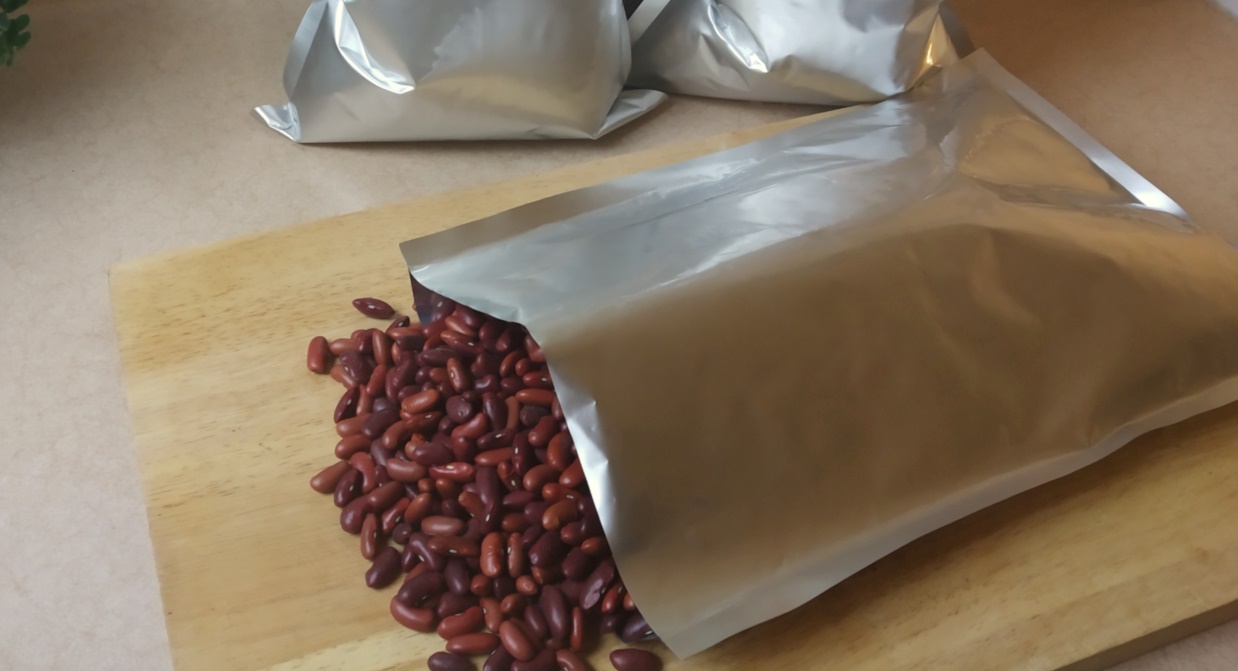
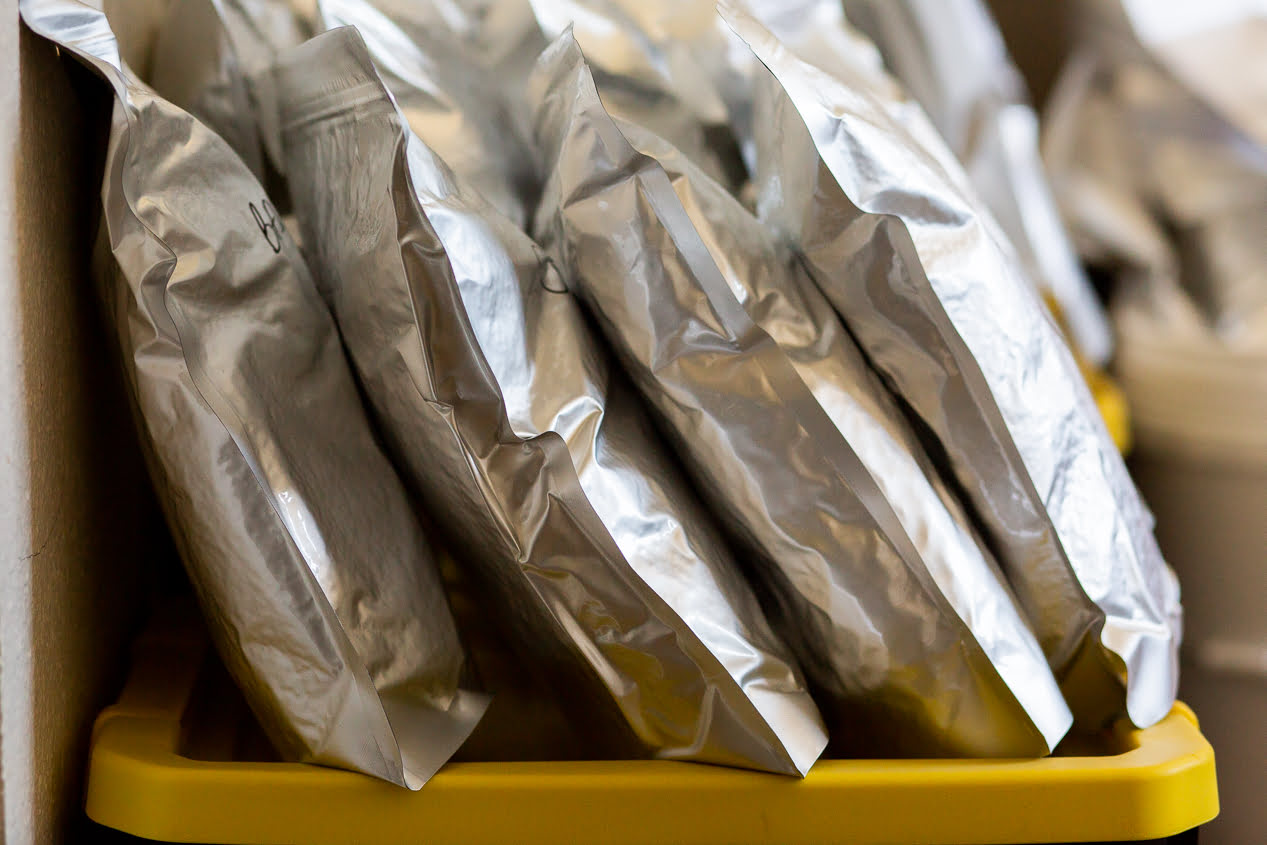
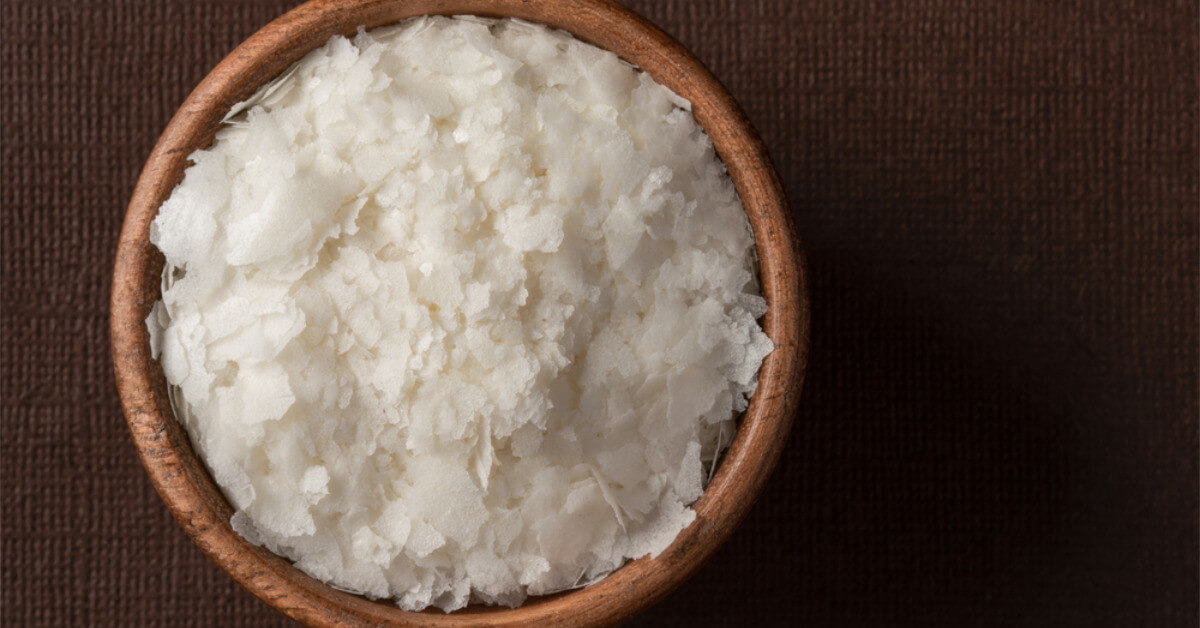
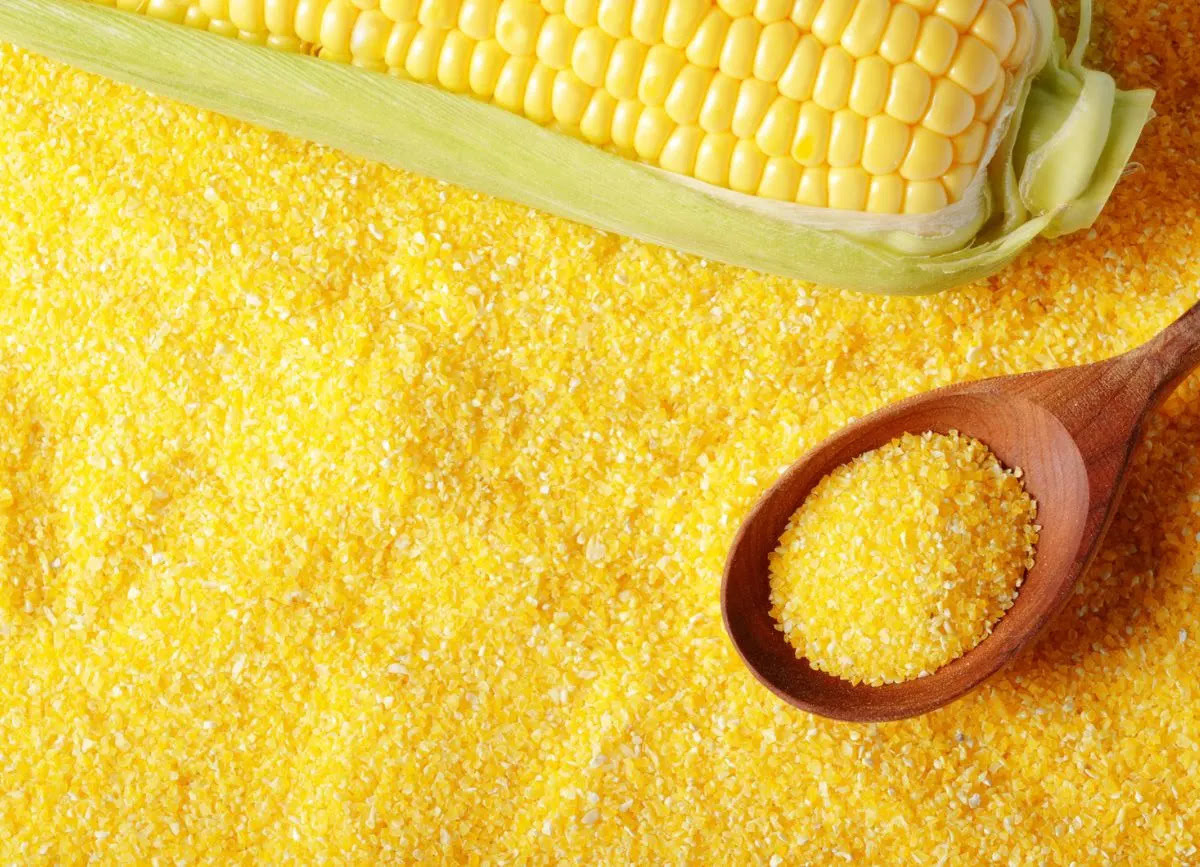
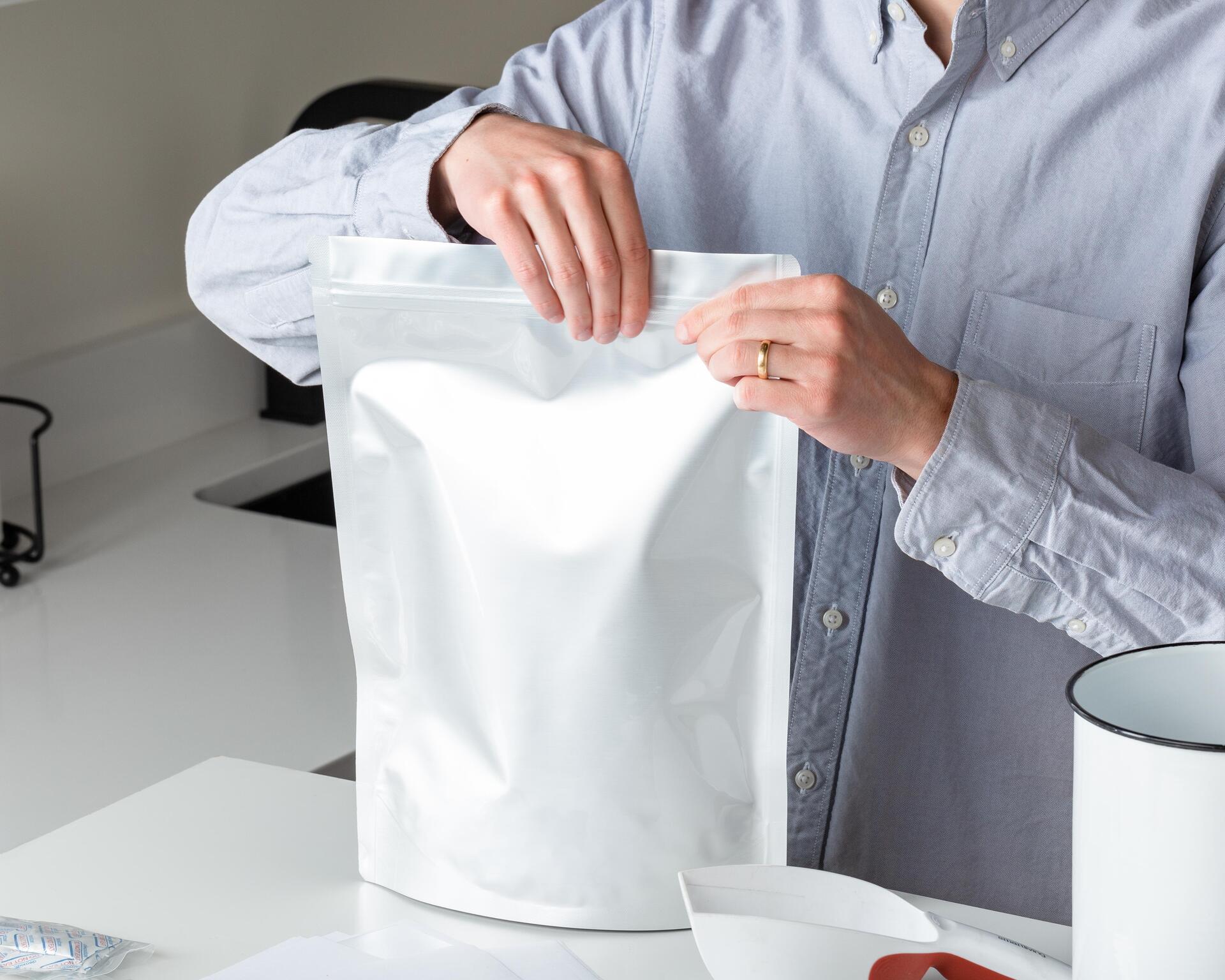
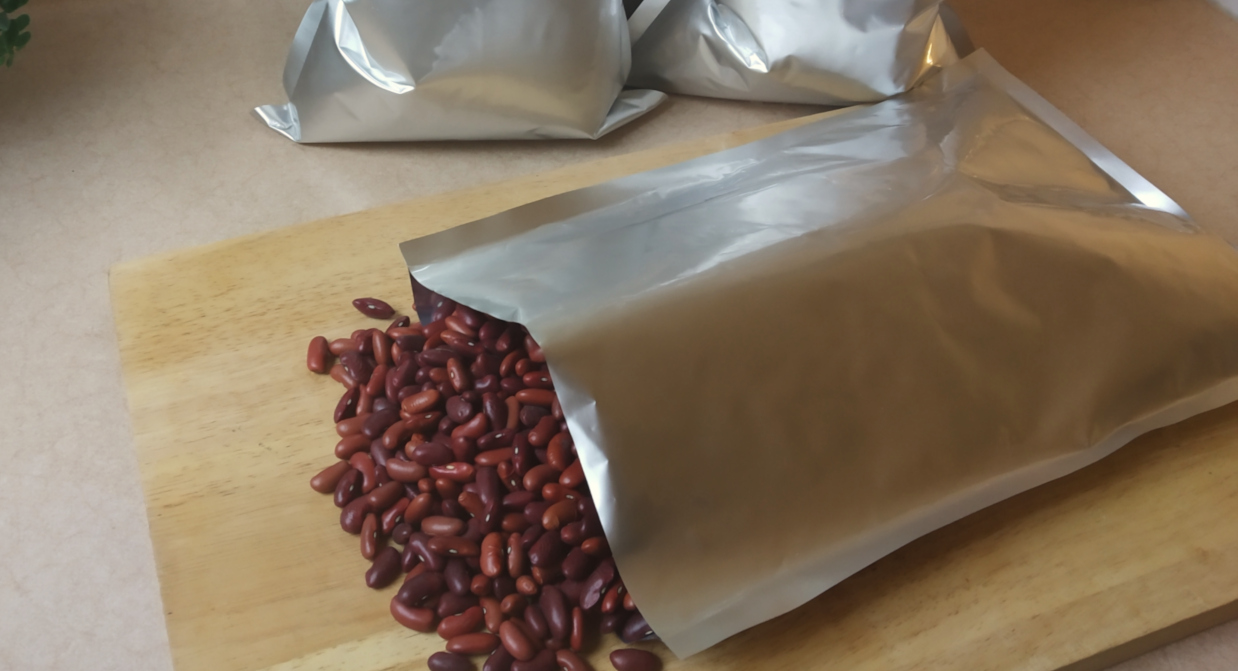

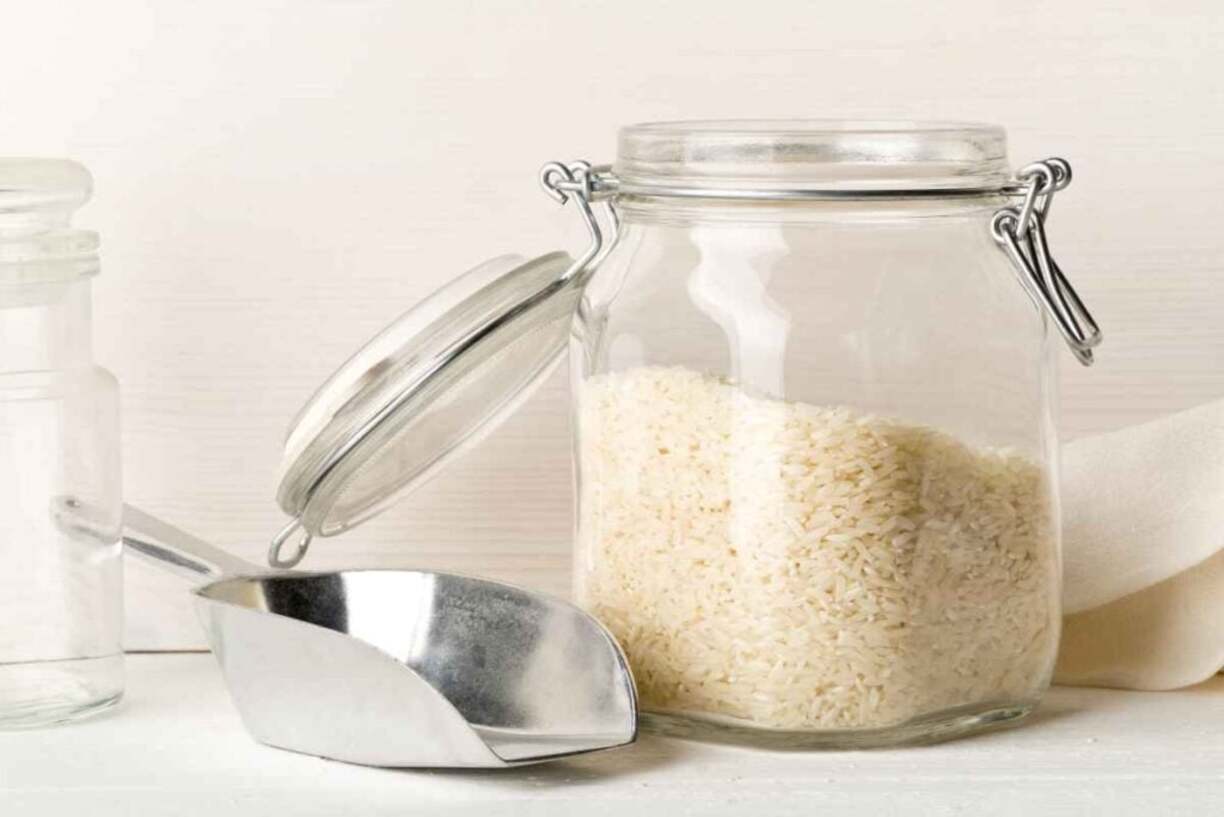
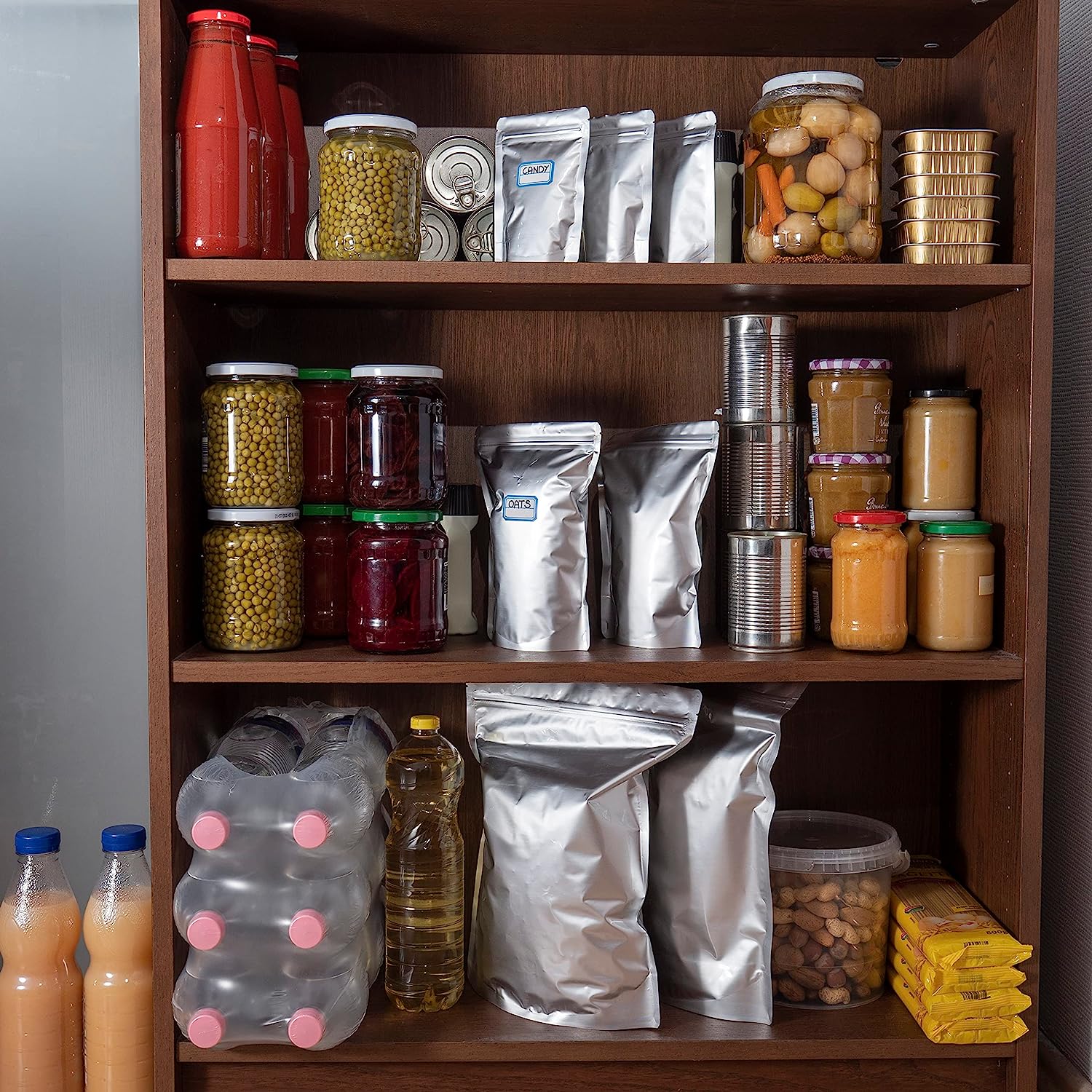
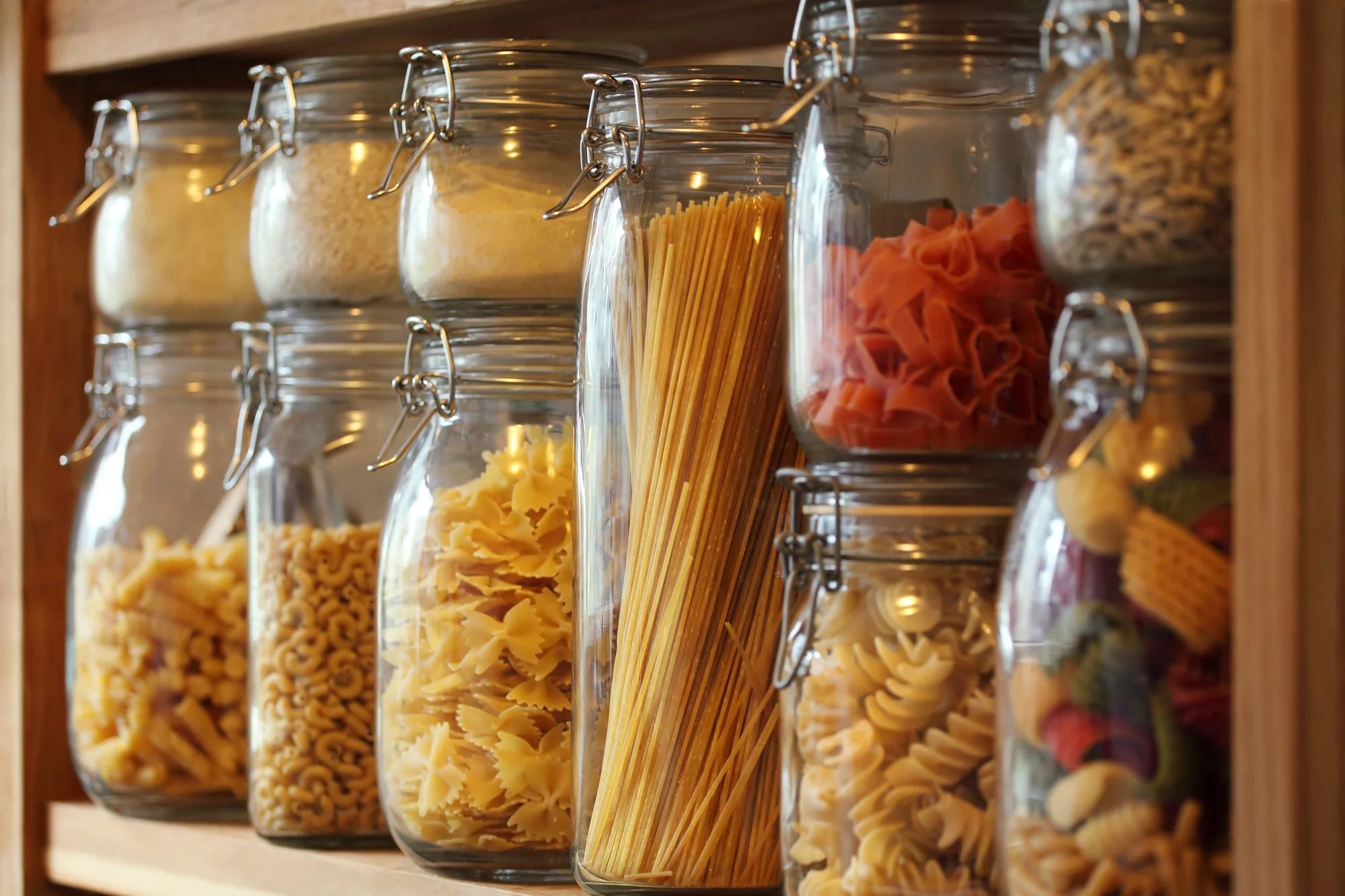
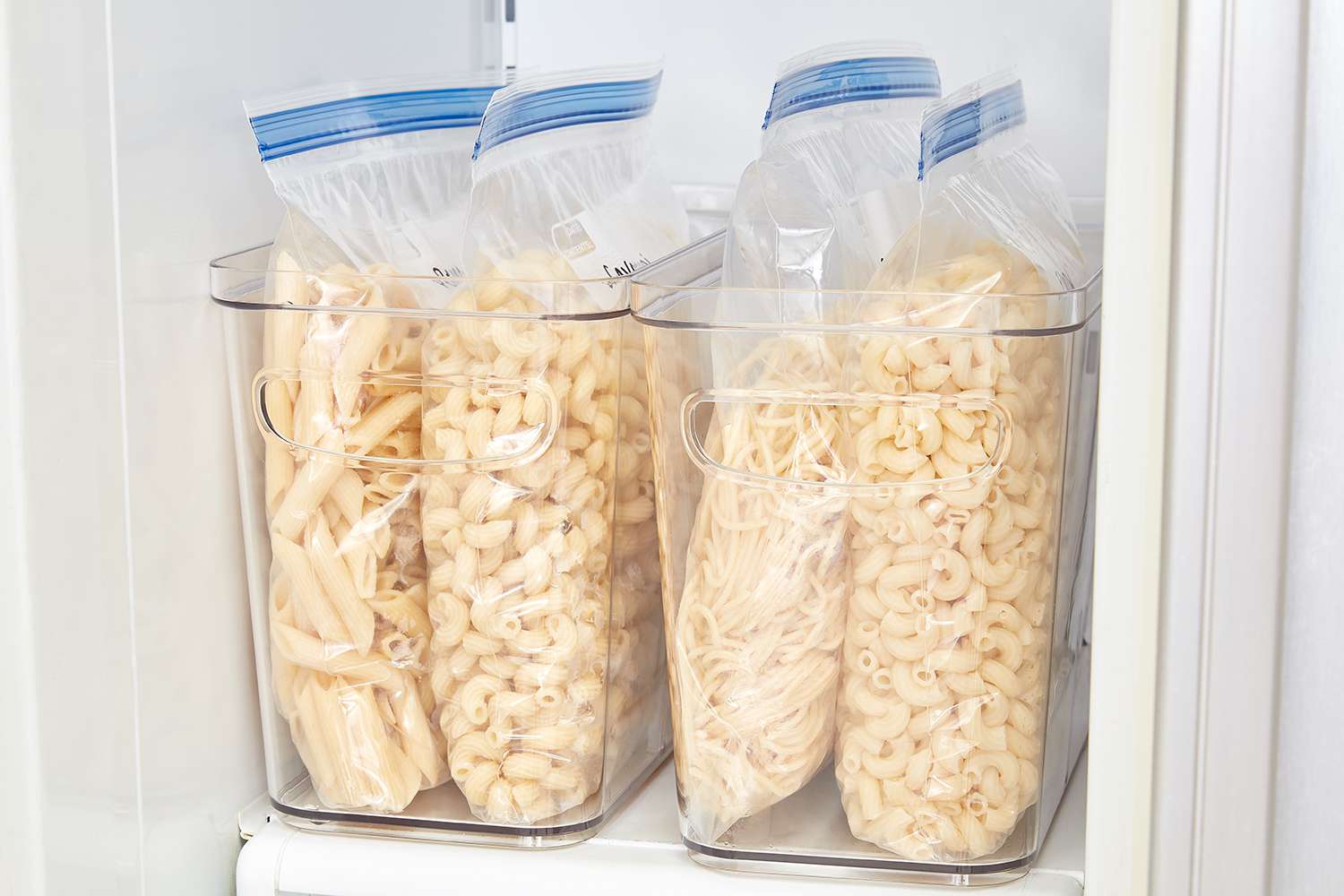
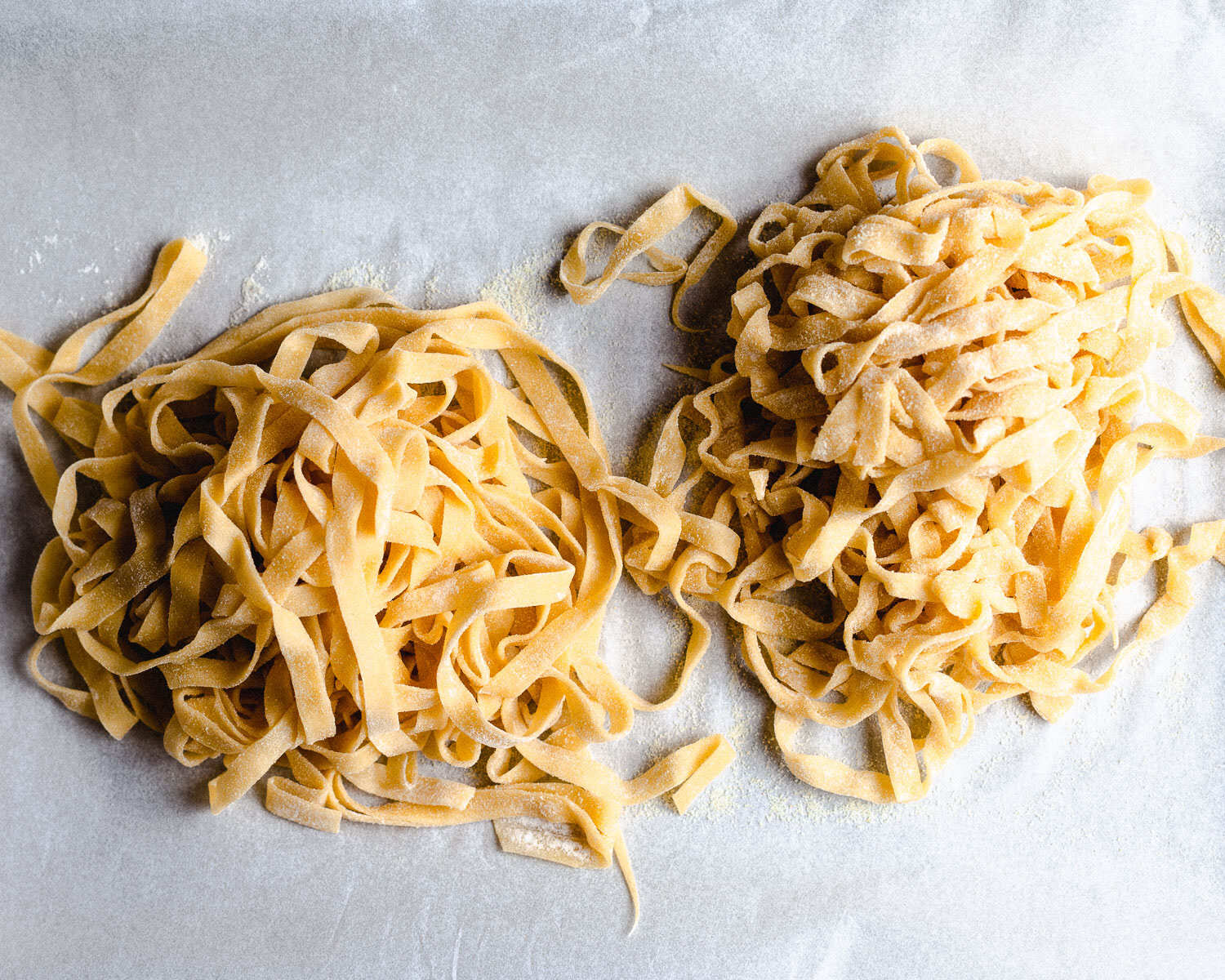
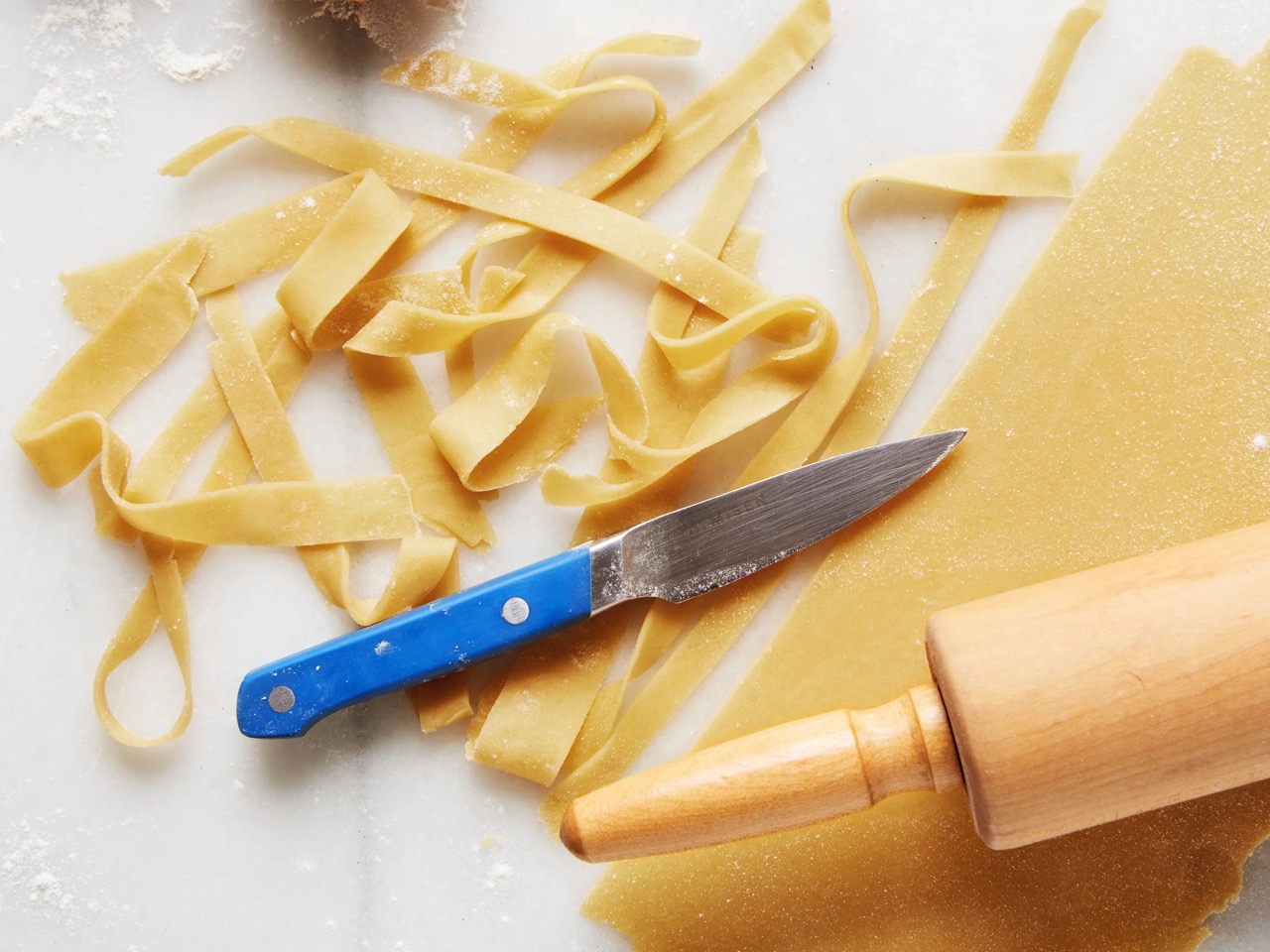


0 thoughts on “How To Store Pasta In Mylar Bags”